rabbit feed?
kmnhiramga
17 years ago
Related Stories

GARDENING GUIDES15 Native Flowers That Feed Native Bees
These perennials offer superfood to hundreds of bees and are gorgeous in their own right
Full Story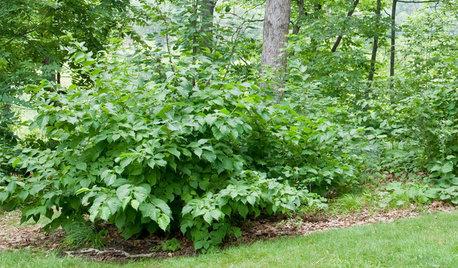
GARDENING GUIDESGreat Design Plant: Corylus Americana Awakens the Woodland Garden
Plant American hazelnut for three seasons of interest and to feed our furry and feathered friends
Full Story
GARDENING GUIDESHow to Declutter Your Garden Shed, Greenhouse or Potting Bench
Get those pots and tools sorted now, and you’ll be free to focus on your plants when spring arrives
Full Story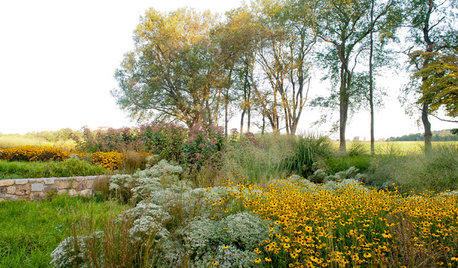
GARDENING GUIDES10 Essential Wildflowers for the U.S. Central Plains
Focusing on prairie wildflowers supports the most wildlife in a low-maintenance Plains landscape
Full Story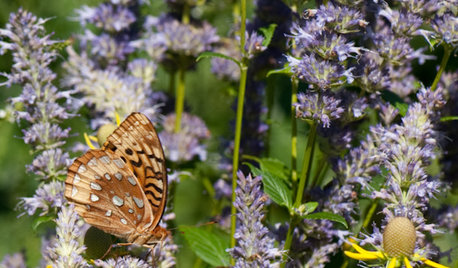
GARDENING GUIDESGreat Design Plant: Anise Hyssop Delights Licorice Lovers
With its distinct scent and flower spikes, drought-tolerant Agastache foeniculum stirs interest among humans and winged creatures alike
Full Story
ECLECTIC HOMESHouzz Tour: A New Look for Former Student Digs
An ill-treated Victorian in England becomes a more open, extended and aesthetically appealing family home
Full Story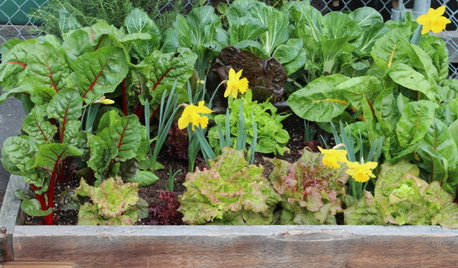
FARM YOUR YARDGrow a Kitchen Garden in 16 Square Feet
Got a sunny 4-by-4 space? You can make meals more interesting with your own vegetables and herbs
Full Story
GARDENING GUIDESGreat Design Plant: Wild Lupine Dresses Up Rocky Gardens
Spiky blue flowers and a high tolerance for poor soil make this plant ideal for tough sites
Full Story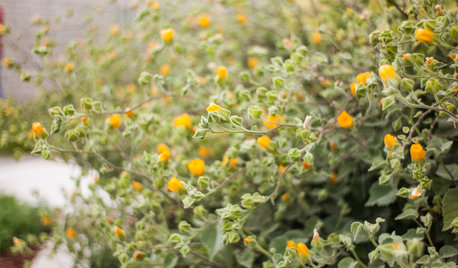
FLOWERS AND PLANTSAbutilon Palmeri Dazzles the Southwest With Nearly Year-Round Blooms
Plant Palmer’s Indian mallow for velvety foliage, long-lasting orange flowers and an abundance of wildlife benefits
Full Story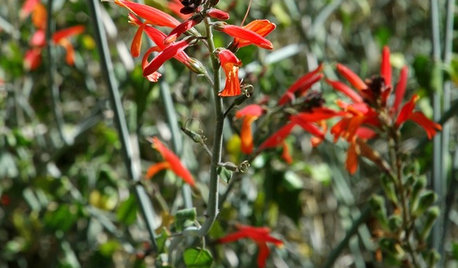
GARDENING GUIDESGreat Design Plant: Beloperone Brightens Casual Desert Gardens
Hummingbirds feast on its red or yellow flowers, and its drought tolerance and low maintenance will satisfy your need for ease
Full Story






deerslayer
dchall_san_antonio
Related Professionals
Beavercreek Landscape Architects & Landscape Designers · Hershey Landscape Architects & Landscape Designers · Southfield Landscape Architects & Landscape Designers · Broadlands Landscape Contractors · Lakeville Landscape Contractors · North Richland Hills Landscape Contractors · Waterford Landscape Contractors · Palos Heights Landscape Contractors · Middle Island Driveway Installation & Maintenance · Ontario Swimming Pool Builders · Alexandria Fence Contractors · Austin Fence Contractors · Markham Fence Contractors · Wake Forest Fence Contractors · Woodland Hills Fence ContractorskmnhiramgaOriginal Author
grayentropy
User
kmnhiramgaOriginal Author
deerslayer
kmnhiramgaOriginal Author
brian__c
deerslayer
grayentropy
User